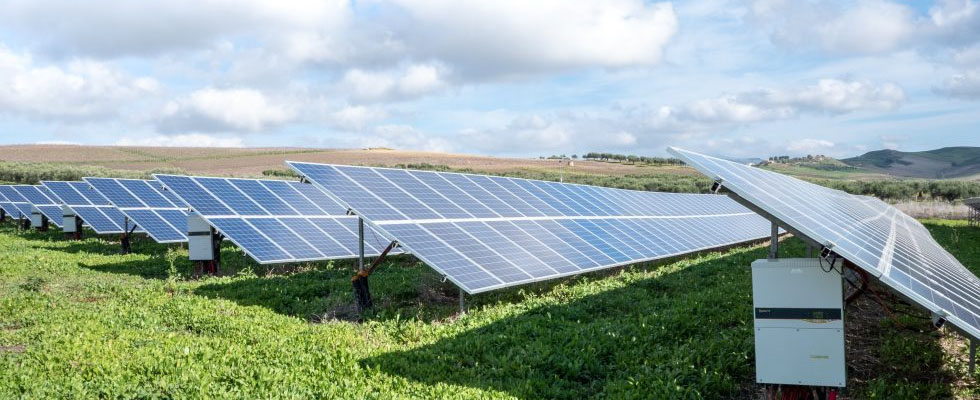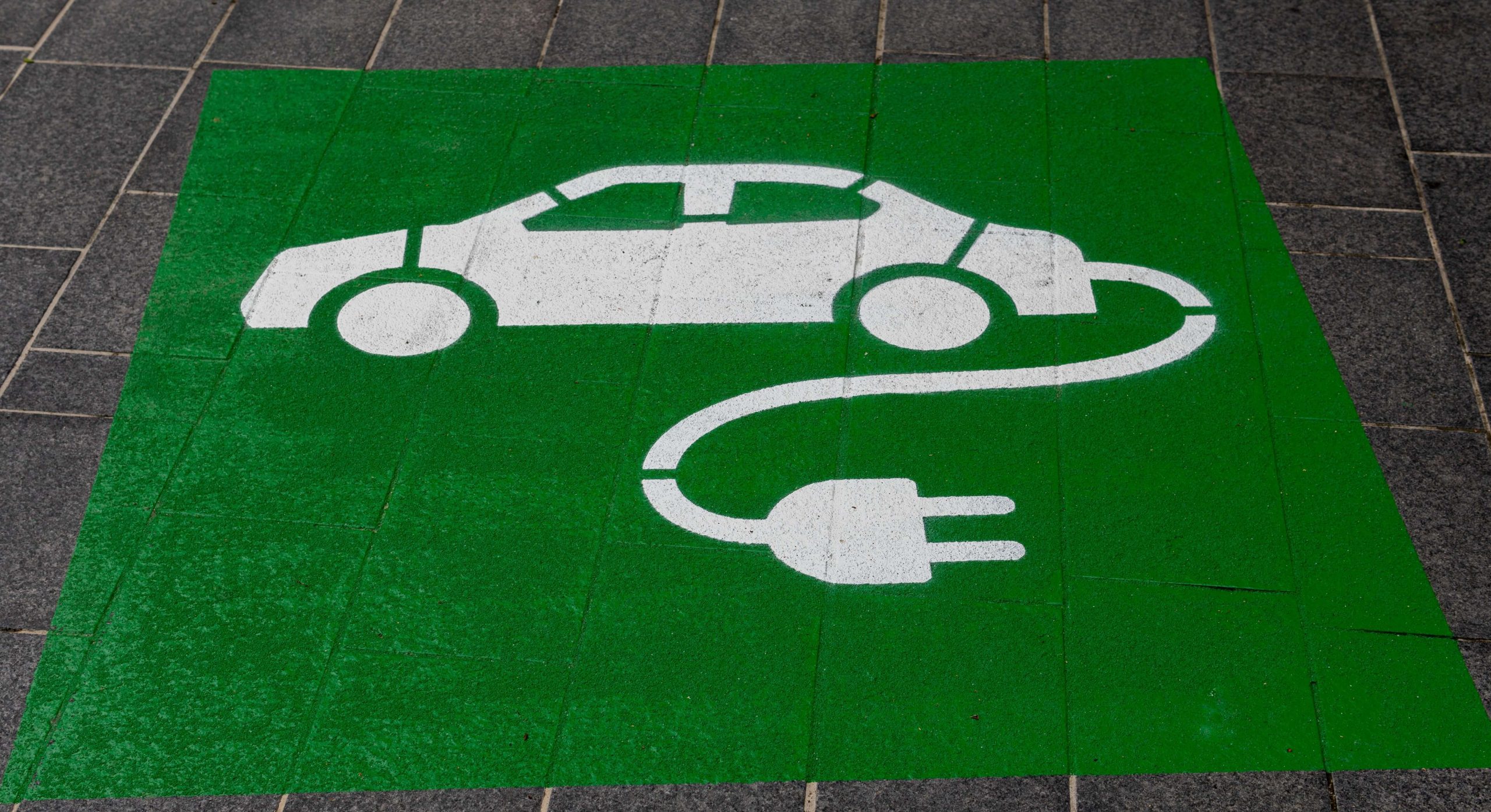As the world becomes more aware of the damaging effects of climate change, the need for a clean energy transition becomes more urgent. While wind, hydropower, and geothermal energy are important sources of renewable energy, solar energy is one of the most widely available and rapidly developing.
Agrivoltaics, a combination of agriculture and photovoltaic technology, has emerged as a promising solution to promote the use of solar energy while also supporting sustainable agriculture. In this article, we will explore the role of agrivoltaics in the clean energy transition.
Introduction to Agrivoltaics
Agrivoltaics, also known as agrophotovoltaics, is a system that combines agricultural practices with solar energy production. Essentially, solar panels or photovoltaic panels are installed above crops or grazing land, creating a dual-use system. The panels provide shade and protection for plants, while the plants help to cool the panels, improving their efficiency. Agrivoltaics can be implemented on a variety of scales, from small-scale family farms to large-scale commercial operations.
Agrivoltaics offers several benefits over traditional solar energy systems.
First, it maximizes land use. In traditional solar farms, large areas of land are dedicated solely to solar panels, often taking up valuable agricultural land. With agrivoltaics, the same land can be used for both solar energy production and agricultural purposes, increasing productivity and reducing competition for land use.
Second, agrivoltaics can provide additional income streams for farmers. By selling excess electricity back to the grid, farmers can earn additional revenue, helping to support their businesses.
Finally, agrivoltaics can help to mitigate climate change by reducing greenhouse gas emissions and promoting sustainable agriculture practices.
What is the Clean Energy Transition?
The clean energy transition refers to the shift from using non-renewable, fossil fuel-based energy sources to renewable, clean energy sources. This transition is essential to combat climate change and reduce our dependence on finite resources. Clean energy sources include solar, wind, hydropower, geothermal, and biomass. While each of these sources has its own unique benefits and challenges, solar energy is one of the most widely available and rapidly developing.
The clean energy transition is not only important for the environment, but also for economic and social reasons. By investing in clean energy, we can create new jobs, stimulate economic growth, and improve public health. Additionally, by reducing our reliance on foreign oil and gas, we can increase our energy independence and improve national security.

The Benefits of Agrivoltaics in the Clean Energy Transition
Agrivoltaics can play a vital role in the clean energy transition by increasing solar energy production while also supporting sustainable agriculture practices. By combining agriculture and solar energy production, agrivoltaics can offer several benefits:
Maximizing Land Use
One of the most significant benefits of agrivoltaics is that it maximizes land use. In traditional solar farms, large areas of land are dedicated solely to solar panels, often taking up valuable agricultural land. With agrivoltaics, the same land can be used for both solar energy production and agricultural purposes. This dual-use system increases productivity and reduces competition for land use.
Supporting Sustainable Agriculture
Agrivoltaics can also support sustainable agriculture practices. By providing shade and protection for crops, agrivoltaics can help to mitigate the effects of climate change, such as extreme temperatures and drought. Additionally, by reducing the need for irrigation and fertilizer, agrivoltaics can help to conserve water and reduce pollution.
Providing Additional Income Streams for Farmers
By selling excess electricity back to the grid, farmers can earn additional revenue, helping to support their businesses. This additional income can be especially important for small-scale farmers who may struggle to make ends meet.
Agrivoltaics in Action: Case Studies
Agrivoltaics has been implemented in several locations around the world, with promising results. Here are a few examples:
The Fraunhofer Institute for Solar Energy Systems in Germany
The Fraunhofer Institute for Solar Energy Systems in Germany has developed an agrivoltaics system that combines photovoltaic panels with berry bushes. The panels are mounted on a framework that is elevated above the bushes, allowing for optimal sunlight exposure. The system has been shown to increase berry yields by up to 186%, while also generating electricity.
The University of Massachusetts Amherst
The University of Massachusetts Amherst has implemented an agrivoltaics system on a campus farm. The system includes photovoltaic panels mounted on a single-axis tracking system above a variety of crops, including tomatoes, peppers, and eggplants. The system has been shown to increase crop yields by up to 30%, while also generating electricity.
The Tata Power Company in India
The Tata Power Company in India has implemented an agrivoltaics system that combines solar panels with crops such as wheat, mustard, and cumin. The system has been shown to increase crop yields by up to 35%, while also generating electricity. Additionally, the system has helped to reduce water consumption and improve soil quality.
Agrivoltaics vs. Traditional Solar Farms
While both agrivoltaics and traditional solar farms produce solar energy, there are several key differences between the two systems:
Land Use
As previously mentioned, agrivoltaics maximizes land use by combining solar energy production with agricultural practices. Traditional solar farms, on the other hand, often take up large areas of land that could be used for other purposes.
Environmental Impact
Agrivoltaics can have a lower environmental impact than traditional solar farms. Because agrivoltaics provides shade and protection for crops, it can help to mitigate the effects of climate change, such as extreme temperatures and drought. Additionally, by reducing the need for irrigation and fertilizer, agrivoltaics can help to conserve water and reduce pollution.
Economic Impact
Agrivoltaics can also have a positive economic impact by providing additional income streams for farmers. Traditional solar farms, on the other hand, often do not provide any direct economic benefits to local communities.
Overcoming Challenges in Agrivoltaics
While agrivoltaics offers many benefits, there are several challenges that must be overcome in order to make it a viable solution:
Cost
One of the biggest challenges facing agrivoltaics is cost. While the cost of solar panels has decreased in recent years, they are still a significant investment. Additionally, the costs associated with installing and maintaining an agrivoltaics system can be higher than those of a traditional solar farm.
Technical Isseues
Agrivoltaics also presents several technical challenges, such as ensuring that the solar panels do not interfere with crop growth and ensuring that the panels are properly ventilated to avoid overheating.
Crop Selection
Finally, selecting the right crops for an agrivoltaics system is essential. Crops must be able to thrive in shaded areas and must not interfere with the solar panels.
The Future of Agrivoltaics
Despite the challenges facing agrivoltaics, the future looks promising. As solar panel costs continue to decrease and the benefits of agrivoltaics become more widely recognized, we can expect to see more widespread adoption of the technology. Additionally, advances in technology, such as improved ventilation systems and crop selection techniques, are helping to address some of the challenges facing agrivoltaics.
Implementing Agrivoltaics in Your Community
If you are interested in implementing agrivoltaics in your community, there are several steps you can take:
- Research
Research agrivoltaics to learn more about the benefits and challenges of the technology. - Identify Potential Partners
Identify potential partners, such as local farmers or solar energy companies, who may be interested in implementing an agrivoltaics system. - Develop a Plan
Develop a plan for implementing the system, including selecting crops and solar panels, determining installation and maintenance costs, and identifying potential sources of funding. - Gain Community Support
Finally, gain community support for the project by educating community members about the benefits of agrivoltaics and addressing any concerns they may have. - Conclusion: The Importance of Agrivoltaics in the Clean Energy Transition
Agrivoltaics has emerged as a promising solution to promote the use of solar energy while also supporting sustainable agriculture practices. By combining agriculture and solar energy production, agrivoltaics can maximize land use, support sustainable agriculture practices, and provide additional income streams for farmers.
While there are challenges facing agrivoltaics, the future looks promising. As we work towards a clean energy transition, agrivoltaics will play a vital role in promoting renewable energy sources and mitigating the effects of climate change.
If you want to find out more about investment in agrivoltaics complete the quick form at FundingRegeneration.Earth and join our newsletter for cutting-edge insights and tips.
Further Resources
In addition, follow these authoritative links to find out more about NRCS and soil health.
USDA / NRCS – Agrivoltaics: Coming Soon to a Farm Near You?:
DOE Agrivoltaics – Market Research Study
https://science.osti.gov/-/media/sbir/pdf/Market-Research/SETO—Agrivoltaics-August-2022-Public.pdf
Rural Energy for America Program Renewable Energy Systems & Energy Efficiency Improvement Guaranteed Loans & Grants
Federal Soil Health Bill Tracker








